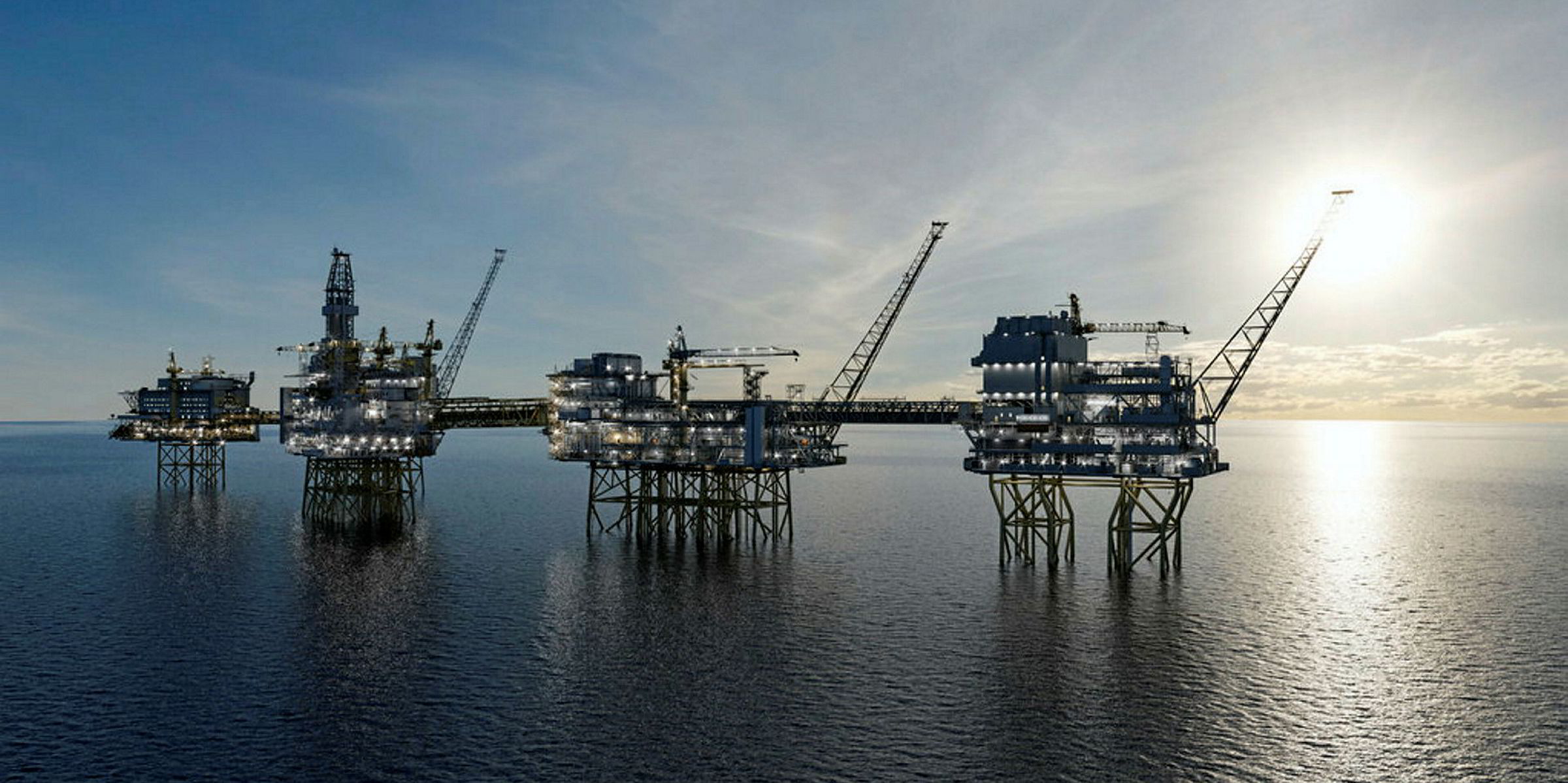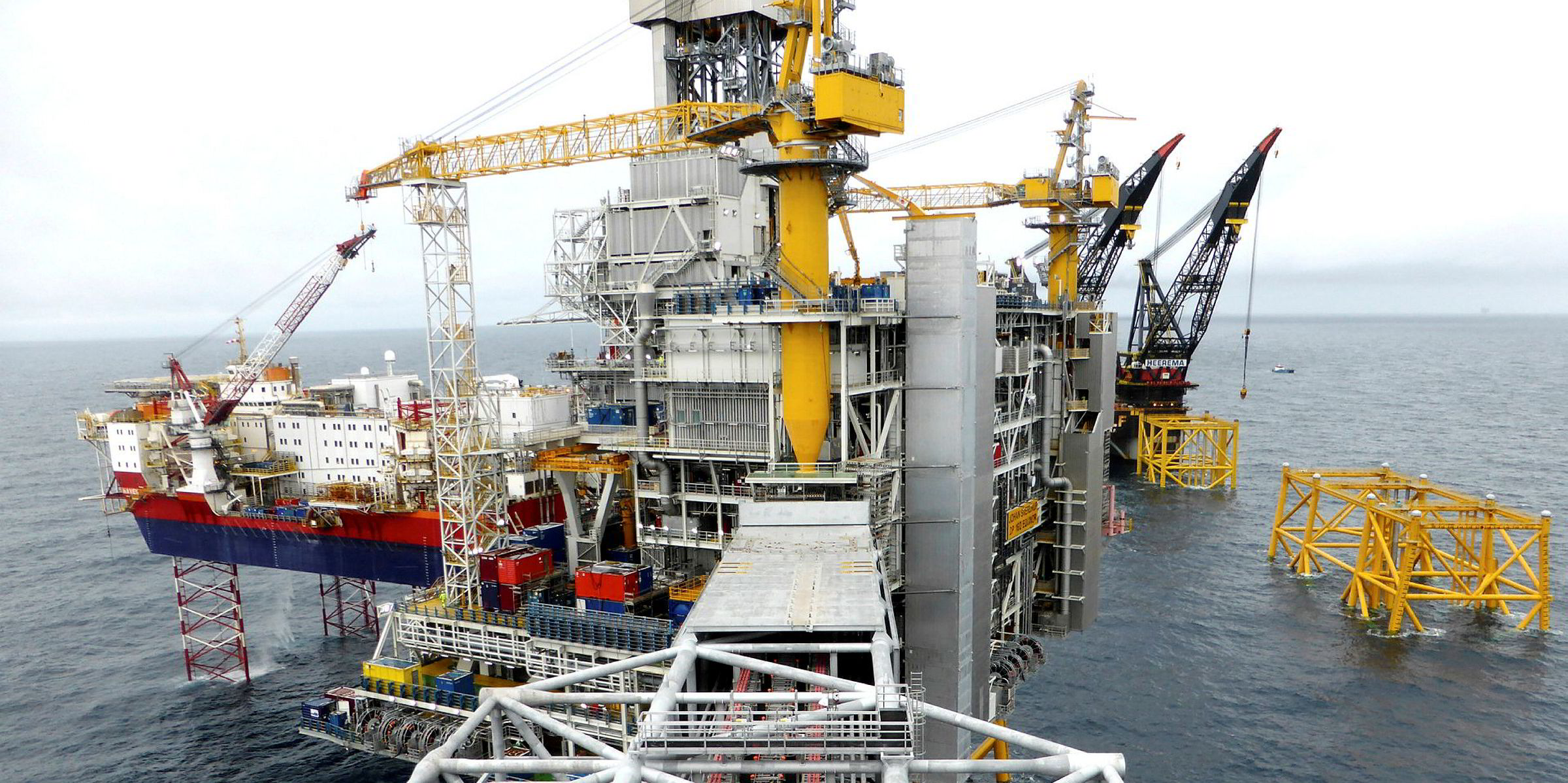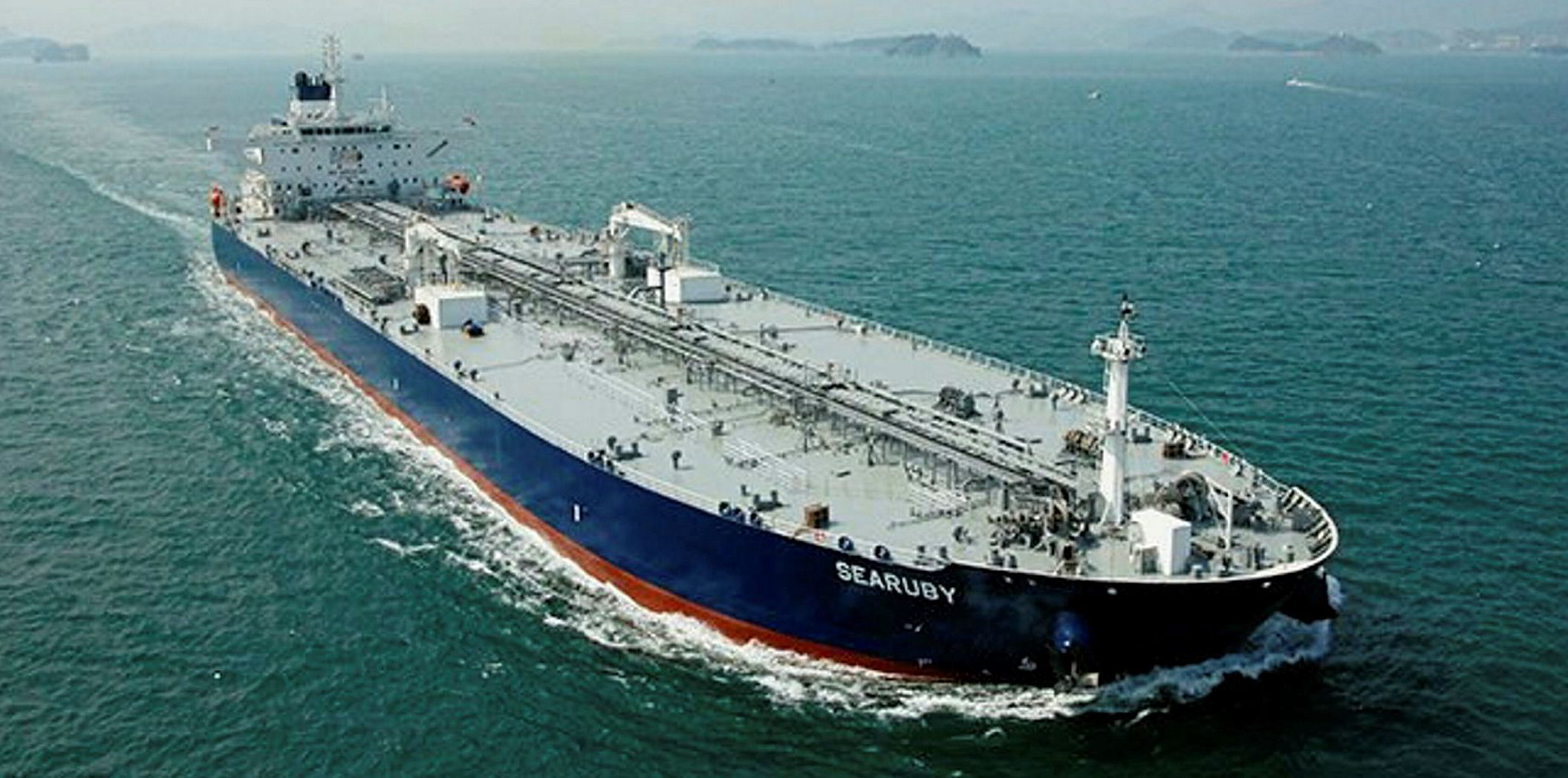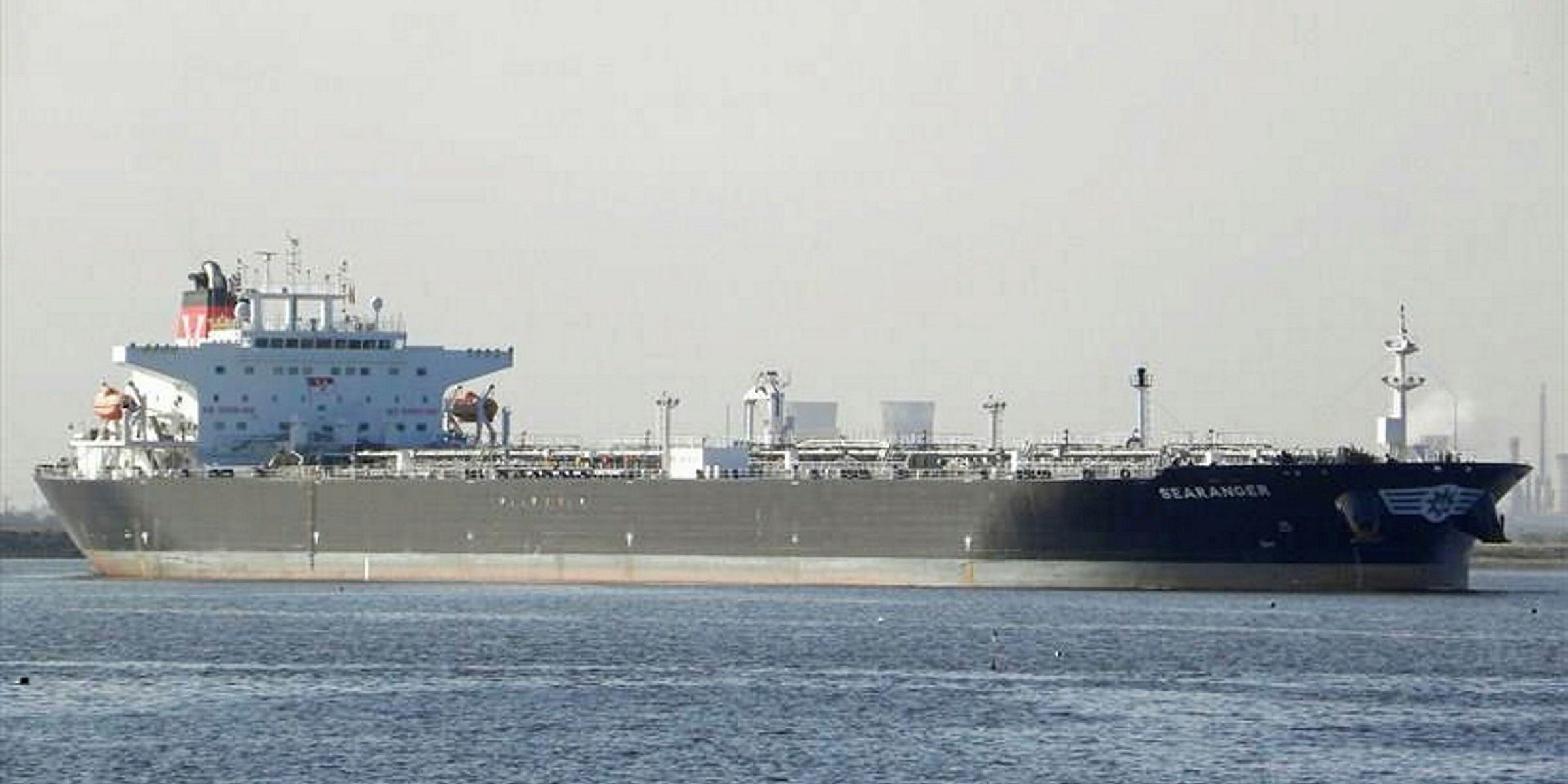Rising crude exports from Russia and Norway are set to boost aframax earnings this winter, with the positive effects likely to spill over to larger tankers.
Led by the buoyant Baltic Sea and northwest Europe trades, average spot aframax earnings on the Baltic Exchange have already risen above $20,000 per day this week — the highest since January.
Market participants suggested spot rates were mainly lifted by recovering Russian exports from the Baltic, a trend set to continue throughout this year with the restoration of normal supply from the Druzhba pipeline.
“There will be plenty of action in the fourth quarter,” said a London-based broker. “It should be busy in the North.”
Russian crude supply from Baltic ports had been below normal level between May and August, with state-run pipeline operator Transneft struggling to resolve the contamination issues at Druzhba.
However, the clean-up operation of the 5,500km supply network, one of the largest in the world, is near completion. According to Bloomberg, total exports of Russia’s Urals crude are expected to rise to 20m tonnes between October and December from 17.7m tonnes in the third quarter.
In particular, Urals supply from Ust-Luga is expected to reach 8.2m tonnes in the fourth quarter, compared with 3.3m tonnes from July to September.
“We could be in for a more stable and higher market out of the Baltic during the coming winter season,” Bimco chief shipping analyst Peter Sand said.
“Earnings on that [Baltic-northwest Europe aframax] trade in excess of $20,000 per day will prove sticky if oil exports are pushed up on higher refinery demand.”
In Norway, Equinor announced the Johan Sverdrup field would begin crude exports from Mongstad in October. Crude production is expected to reach 400,000 barrels per day (bpd) initially before ramping up further to 660,000 bpd.
Bloomberg reported the field would supply two aframax cargoes in October and 10 in November.
“In theory it’s going to have a big impact, given the volume involved,” ClipperData’s commodity research director Matt Smith said.

Impact on long-haul trade
The Mongstad and Ust-Luga terminals usually export crude on aframax tankers to other European destinations, while suezmax shipments can occasionally be seen. VesselsValue data shows Sovcomflot has been the most active tanker operator in the region, while Teekay Tankers, AET, Thenamaris, TMS Tankers and Tsakos Energy Navigation have also been trading there frequently.
VLCCs can load from Mongstad directly but such shipments have been rare. As for Ust-Luga exports, VLCC shipments would require ship-to-ship transfers.
However, some analysts point out there could be more shipments utilising large tankers in the future. Asian countries are diversifying their supply sources away from Opec producers, whose output is expected to remain low with Saudi production issues following the recent drone attacks.
“Aframaxes are likely to be impacted directly with higher volumes out of the North Sea and the Baltic. But of course, there [is] likely to be a spill-over effect into larger tonnage,” Gibson Shipbrokers senior market analyst Svetlana Lobaciova said.
The Urals and Johan Sverdrup supplies are both medium sour crude, similar to most Opec grades. They can be replacement barrels for Asian refineries, while many European refineries can find it more profitable to process light sweet crude from West Africa and the US.
“Rising crude supply in Europe is likely to facilitate longer-haul trade. Apart from extra Norwegian barrels, we are also likely to see more crude coming from the US into northwest Europe and the Mediterranean,” Lobaciova said.
“Unless we see a major spike in European refining demand, which appears unlikely even taking into account IMO 2020, this will make more of the regional European crude supply … available for shipments to the East.”
“If that happens, it will directly benefit larger crude tankers [like] suezmaxes and VLCCs.”






